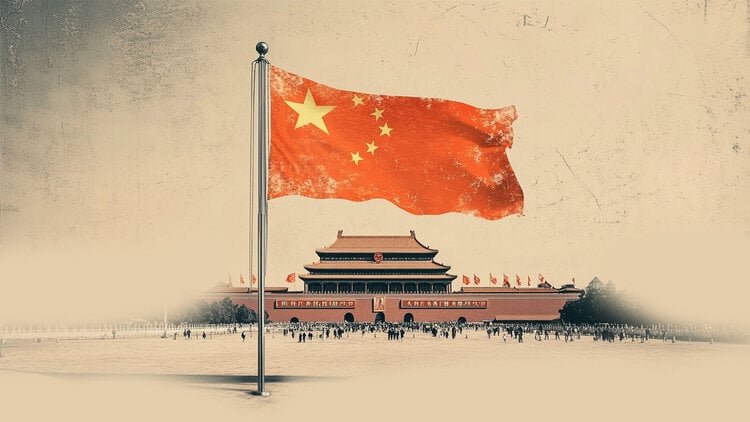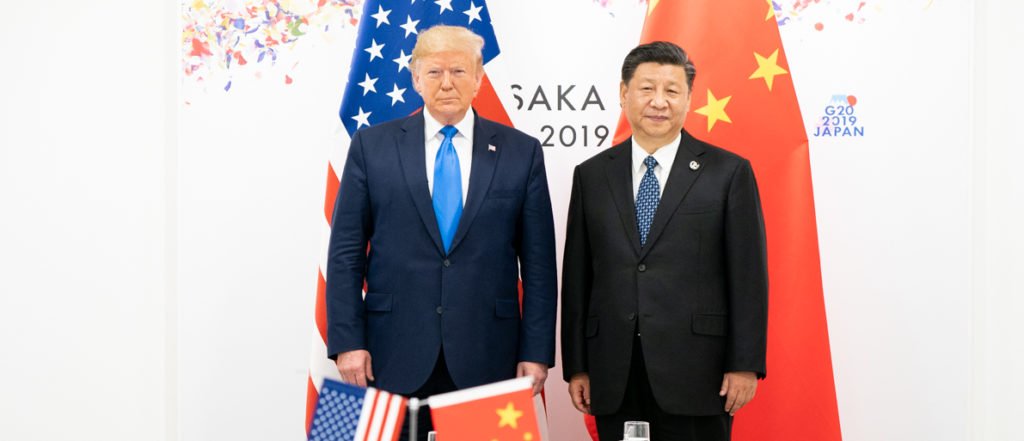In early April, the United States and China began a trade war, characterized by reciprocal tariff increases. The American president first imposed a 34% increase on customs duties charged for Chinese products entering the US, in addition to the 10% tariff rate on all imports already in place. Within days, this rate surged to 145%. Beijing has responded by raising its tariffs on US products to 125%.
In this confrontation, China has several significant economic levers at its disposal: Its control over its currency, the yuan, domination of the rare earths market, and ownership of US Treasury bonds. However, it cannot use them without risking weakening its own economy or disturbing its other partners. Moreover, China still relies heavily on the American market to sell its products.
Here are five key data points to help understand the complex economic interdependencies between China and the US.
China holds a significant portion of the US national debt
The US government funds its spending by issuing Treasury bonds, which are bought by investors drawn to them for their yields and reputed stability. This financial instrument fuels the US national debt, which is now over $36 trillion.
China, which, in 2024, held an average of $772.5 billion in Treasury bonds, is the second-largest foreign US debt holder, just behind Japan. This represents about 2% of the US public debt. Purchasing these securities has allowed China to reinvest the yields in sectors that strengthen its trade surpluses, all while avoiding appreciation of the yuan’s value, which would harm its exports’ competitiveness.
You have 84.18% of this article left to read. The rest is for subscribers only.







